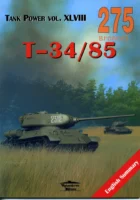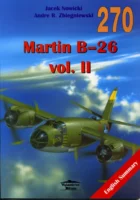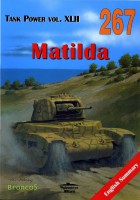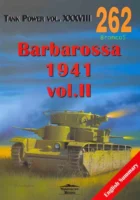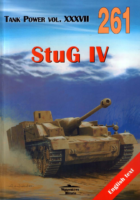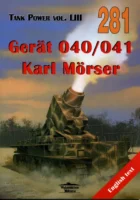
Wydawnictwo Militaria | |
|---|---|
| Série | Tank Power |
| Sujet | Gerät 040/041 – Karl Mörser |
| Réf | 281 |
Une documentation signée Wydawnictwo Militaria le livre «Gerät 040/041 – Karl Mörser – Wydawnictwo 281» .
Le mortier Karl est la plus grosse pièce d’artillerie automotrice jamais construite. En 1939, une commande fut passée par la Wehrmacht pour créer une arme capable de venir à bout des places fortes. Le résultat fut le mortier “Karlgerät” qui vit le jour à six exemplaires. Ce monstre de 132 tonnes, chargé et nécessitant 107 hommes pour sa mise en opération dont 4 pour le déplacer, allait être capable de démolir 2.5 mètres d’épaisseur de ciment et 45 cm de blindage d’acier. Ne pouvant voyager qu’à 5 km/h, il devra être monté sur deux chariots ferroviaires, un à l’avant et l’autre à l’arrière tout comme le canon “Léopold” pour franchir les grandes distances. Ce n’est qu’à destination qu’il pourra se déplacer par ses propres moyens. Dans ses manœuvres de tirs, il doit être accompagné par un transporteur de munitions munis d’un cric capable de charger les projectiles de 2,2 tonnes qu’il utilise. Ce travail sera confié à un châssis de Panzer IV modifié pour cette fonction.
Source: Mortier Karl sur Wikipedia
Views : 586
